According to human rights observers, the use of torture and abuse in China against persecuted groups remains rampant. Some of the torture methods can be traced back to medieval times, while other reported forms of abuse, such as forced organ harvesting, are unprecedented in history.
“Torture and other cruel, inhuman, or degrading treatment or punishment (other ill-treatment) have long been prevalent in all situations where authorities deprive individuals of their liberty in China,” reads a 2015 report by Amnesty International, titled “No End in Sight: Torture and Forced Confessions in China.”
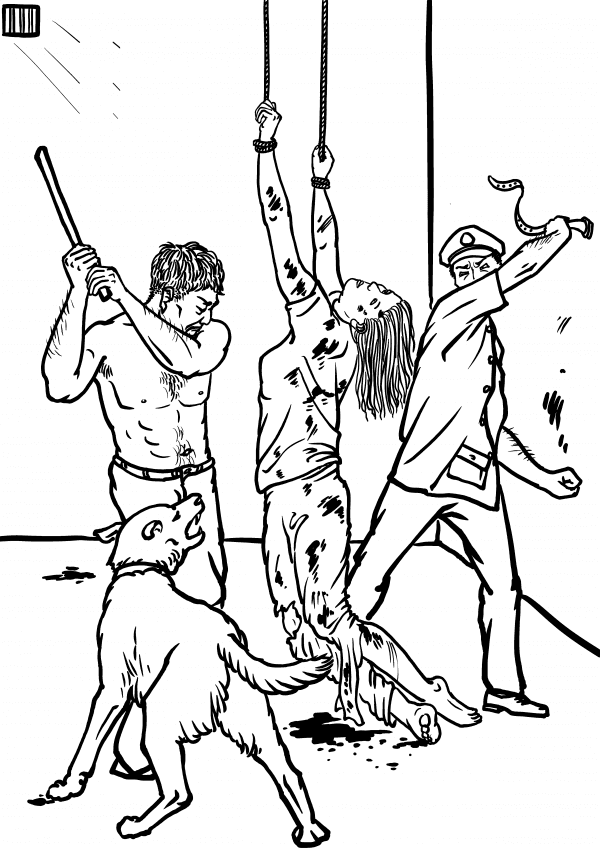
Falun Dafa prisoners of conscience in China are victims of some of the vilest methods of abuse and torture.
The campaign of persecution launched against Falun Dafa adherents by the Chinese Communist Party in 1999 has, in fact, helped solidify the regime’s persecution tactics against other groups as well, according to some researchers.
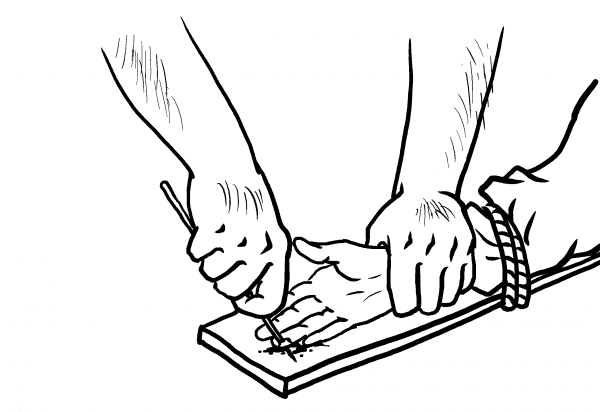
100 Torture Methods
The most common form of torture in Chinese jails, detention centres, and brainwashing centres is said to be the electric baton. Carrying up to 300,000 volts, batons are employed to maximal effect on sensitive parts of the body like the mouth, genitals, neck, and soles of the feet.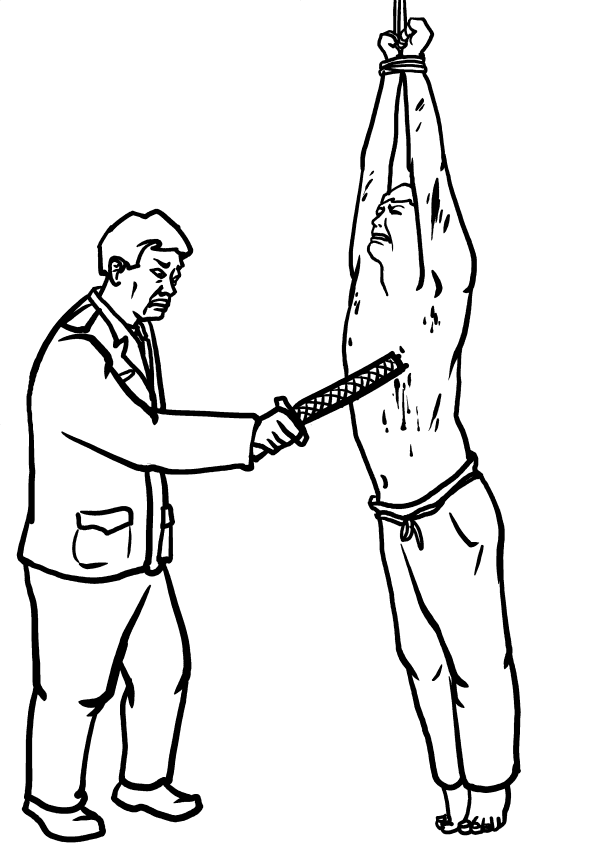
But there are many other torture methods used—more than 100, in fact. This has been borne out by Falun Dafa adherents who’ve survived China’s brutal prison system. Other prisoners of conscience in China include House Christians, Tibetan Buddhists, Uighur Muslims, and democracy activists, among others.
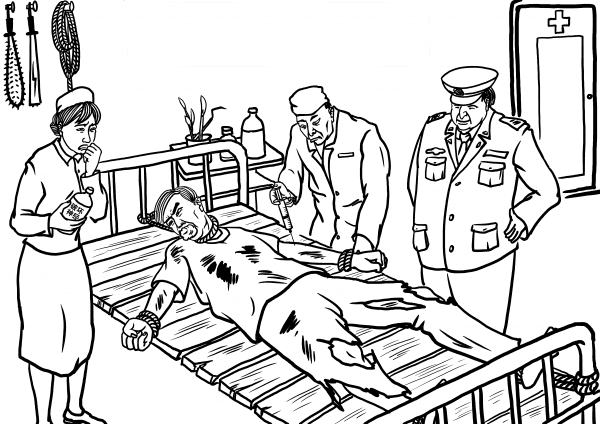
According to Status of Chinese People, a website that exposes rights abuses in China, among the 100 types of torture used on Falun Dafa prisoners of conscience are savage beatings, sexual abuse, handcuffing in painful positions for long periods, exposure to weather extremes, force-feeding with urine or feces, cigarette burns, scabies, solitary confinement, sleep deprivation, impaling of fingernails with sharpened bamboo sticks, and bites by dogs or snakes.
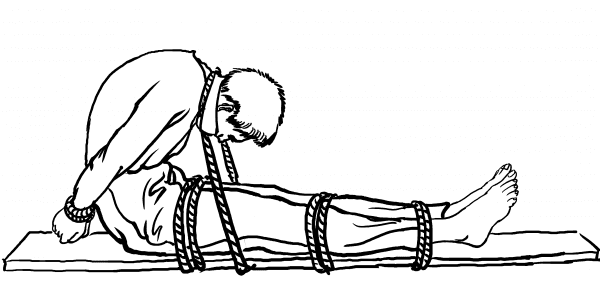
Many of the torture methods even have names, like “Small Cage” (handcuffed to the inside of a small cage in such a way that victims can neither stand nor sit); “Hell Confinement” (a device with handcuffs and shackles where victims can’t walk, sit, use the toilet, or feed themselves); “Covering a Shed” (suffocation); and “Dragging Torture” (victims are dragged repeatedly along rough ground).
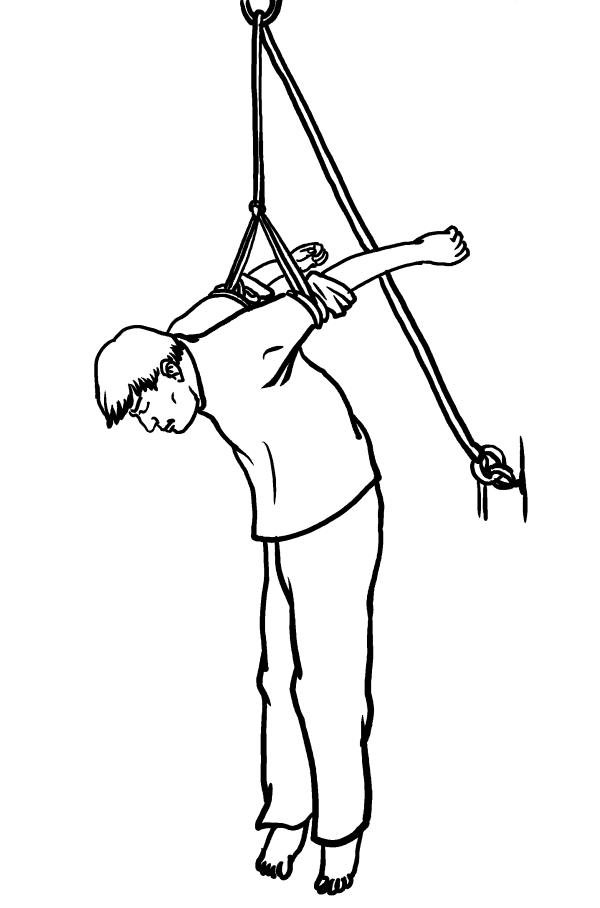
Then there’s the infamous “Tiger Bench,” where the victim sits on a bench with his or her legs stretched straight out and tied tightly to the bench with straps. Bricks or some other hard objects are put under the victim’s heels, with more layers added until the straps break, causing unbearable pain.
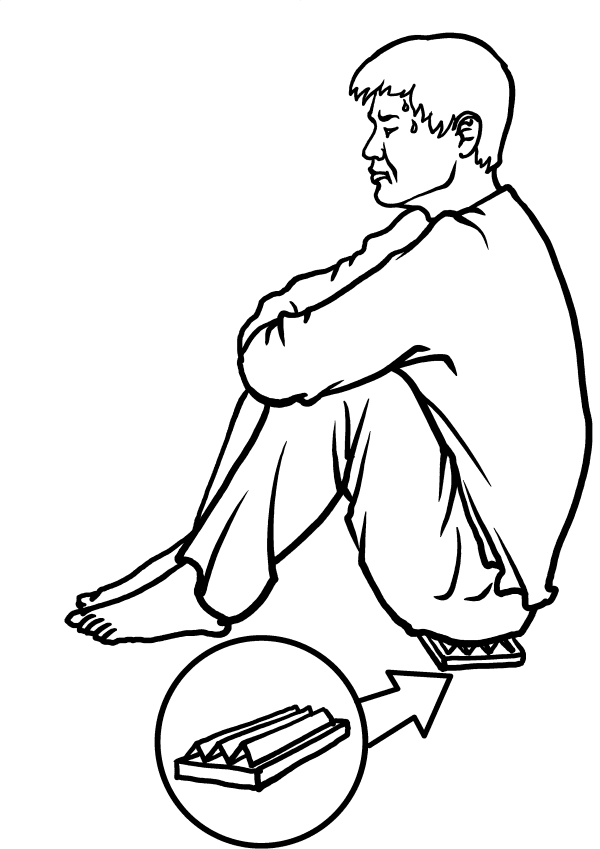
These torture methods can have devastating effects both physically and mentally, according to Minghui.org, which documents the persecution campaign launched against the Falun Dafa spiritual practice by the Chinese Communist Party in 1999.
Falun Dafa practitioners are also subjected to mental torture in the form of intensive brainwashing—the aim being to break their will so that they give up their faith or go against it. This can lead to long-term depression and despair.
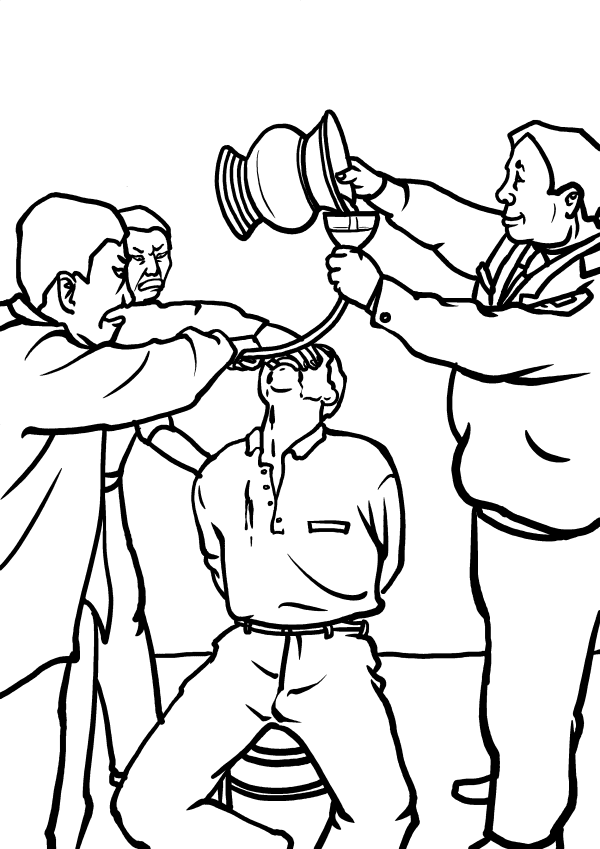
Another torture method is injecting practitioners with dangerous drugs that damage the central nervous system, causing them unbearable pain, mental breakdown, and physical disability, according to Minghui.
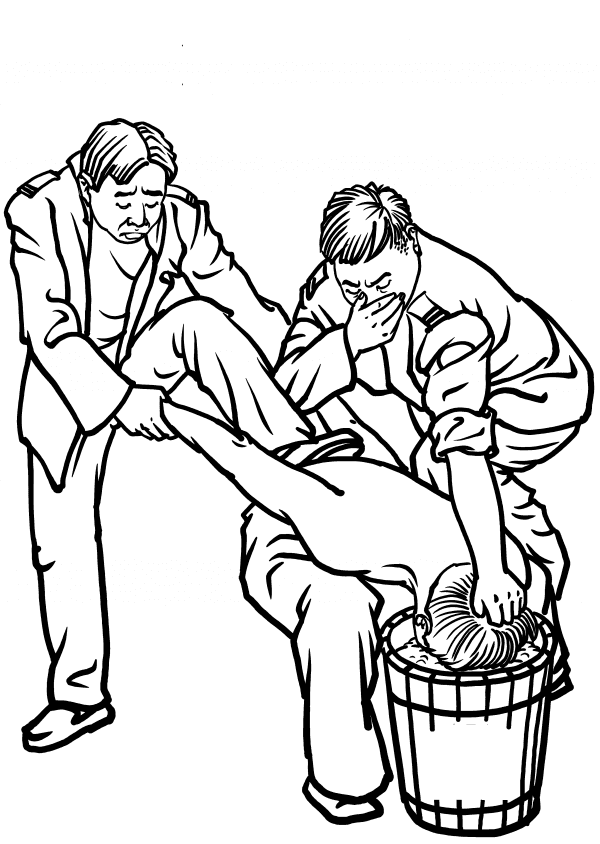
Sexual Abuse
In addition to physical torture, rape is used consistently and systematically as a means to humiliate and traumatize female practitioners, Minghui reports.At the notorious Masanjia Forced Labour Camp, guards threw 18 female practitioners into the men’s cells and encouraged the men to rape them at will, which led to the death, disability, or mental instability of the women.
There have been numerous cases of gang-rape of practitioners by inmates throughout the labour camp system (now closed). Children weren’t immune either. In 2002, a 9-year-old girl—the orphaned child of a practitioner killed by torture—was gang-raped by three men at Changping Mental Hospital in Beijing.
In early 2003, guards at Masanjia shocked a practitioner on the breasts with two electric batons simultaneously for several hours non-stop. As a result, her breasts were completely ruptured.
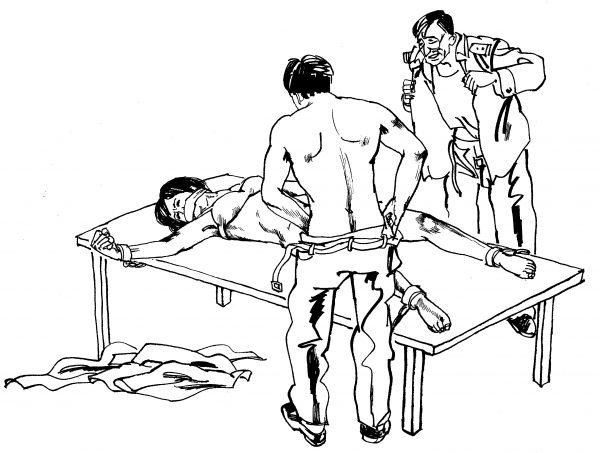
Other types of horrific sexual abuse that caused women irreparable physical and mental damage include tying several toothbrushes together and twisting them inside the vagina, wiring and shocking the nipples, pumping chili sauce into the vagina, rubbing a thick rope repeatedly across the vagina, stomping on victims’ breasts, repeated kicking of the vagina, and repeated stabbing or penetration of the vagina with a stick or other implements.
Forced Organ Harvesting
Having your vital organs extracted while you’re still alive has to be the most extreme form of torture—and one that always ends in death. This is also something Falun Dafa prisoners of conscience have been subjected to since soon after the Chinese Communist Party launched its campaign to eradicate the traditional spiritual practice in 1999.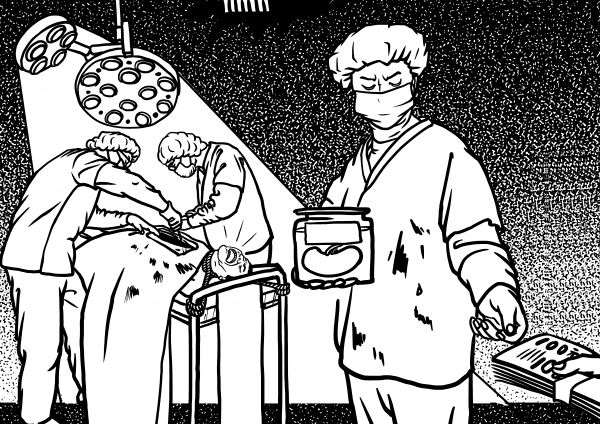
A 2006 report by Canadian investigators David Matas and David Kilgour found that Falun Dafa prisoners of conscience were being killed on a large scale for their organs to supply China’s extremely lucrative transplantation industry.
In June 2016, Kilgour, Matas, and U.S. author and researcher Ethan Gutmann released an updated report on the continuation and scale of forced organ harvesting in China. They found that the 169 government-approved transplant hospitals across the country had the capacity to perform more than a million transplants since 2000.
The victim groups are Falun Dafa, Tibetans, Uighurs, and House Christians, with Falun Dafa practitioners being by far the largest. Gutmann estimates that between 450,000 and 100,000 practitioners are being held in China’s vast prison system at any given time.
- Horrors of Chinese Torture Methods
- Tortured in China: Two Canadians Who Lived to Tell the Tale
- 4 Cases of Sexual Torture of Falun Dafa Adherents Documented by Gao Zhisheng
- Sexual Torture of Detained Falun Dafa Adherents Rampant: Rights Lawyer
- Sexual Torture in Chinese Prisons: ‘No Limits to the Perversion’
- An Unprecedented Crime: State-Directed Mass Killing of Prisoners of Conscience in China for Their Organs
- Forced Organ Harvesting: Overseas Patients Flocking to China for Transplants
- Psychological Torture: Worst Scars Are in the Mind
- Psychiatric Torture and the Unspeakable Suffering It Causes
- Healing Betrayed: The Perversion of Psychiatry in China





